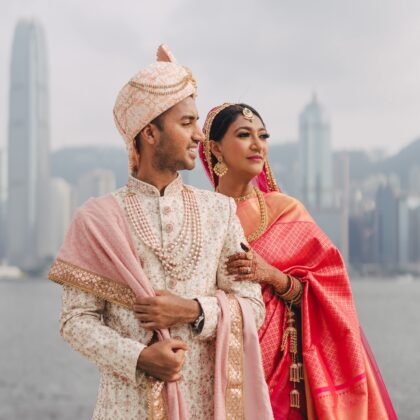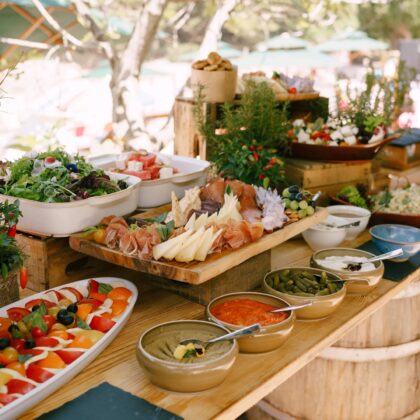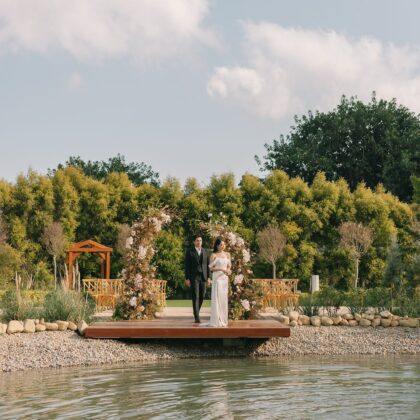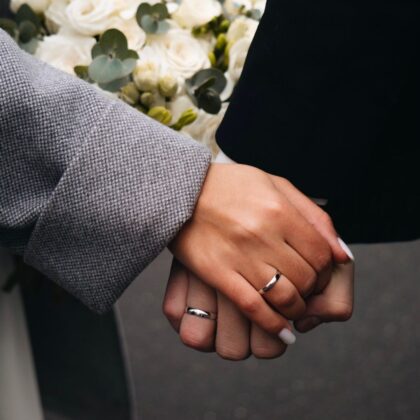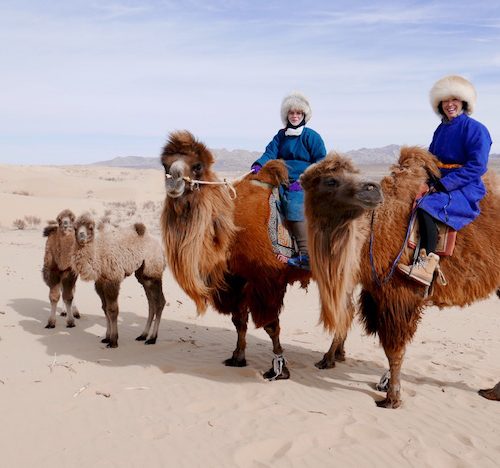An adventure of a lifetime…
The decision to take an eight-day trip to the middle of Mongolia was virtually instant. It took just one photo of an endless stretch of nothing in a country I’d never really thought about, during a talk by the Royal Geographical Society (RGS), for me to decide I could not live another day without seeing that panorama with my own eyes. It was like love at first sight.
The incredible woman who gave the RGS talk which so inspired me owns a UK-based travel company, Panoramic Journeys, specialising in Mongolia, Bhutan and Myanmar. Simultaneously shocked at the speed, but delighted with the effect of her talk, she was absolutely brilliant at putting a completely bespoke package in such a short time. We wanted to ride from the heartland to the Gobi Desert on horseback, staying with nomad families on our way and taking in all of the incredible panoramas that Mongolia had to offer.
The flight was relaxing, and we were able to read magazines, nap and listen to music. However, if you’re hoping to catch up on the latest film, Mongolian Airlines won’t be the one for you. A drop down screen in the centre of the cabin (reminiscent of the long-haul flights I used to take to and from boarding school in the early 90s) was a fleeting disappointment, as it was total bliss to have time to myself regardless.
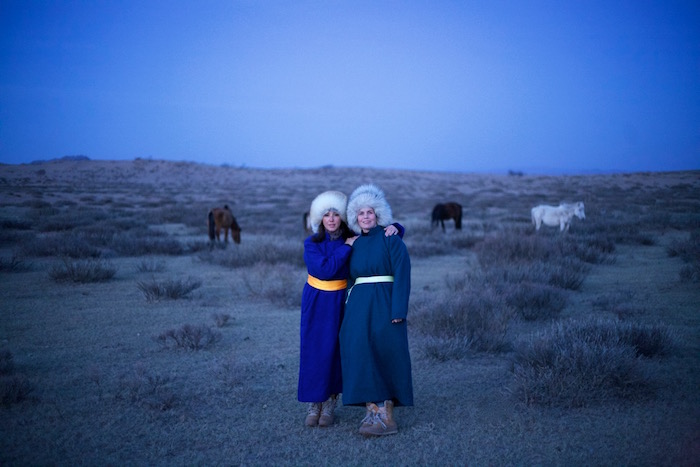
After a four hour flight, approaching the capital of Ulanbataar was surreal. A martian landscape stretched endlessly below me. How rare a thing to not have any idea what to expect when you approach a holiday destination. Having deliberately not researched the terrain, it was terrifically exciting.
On landing we met our guide, a Cambridge-graduated social anthropologist called Chuka, and our driver – a dizzyingly tall 4WD expert named Bat. As per our request, we went straight to Naran Tuul (also called The Black Market) to buy our Mongolian getup. It is an incredible place, and within an hour we were decked out in fur hats, traditional full-length Mongolian wool jackets called “deel” and bright silk sashes.It would have been easy to spend a full day there, but we were due to be at our first camp by dusk and were anxious to start our adventure.
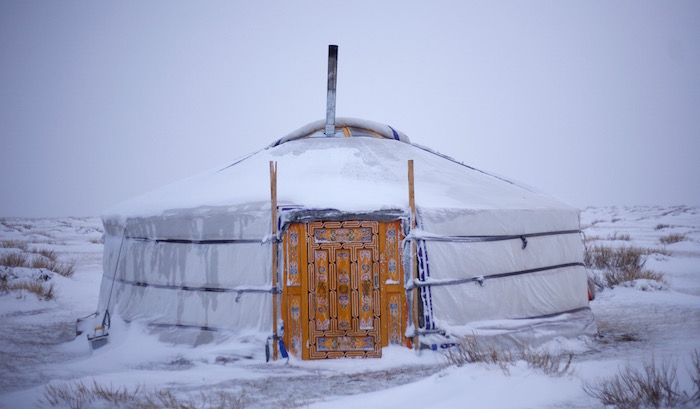
To break our journey to the heartland to meet our nomad hosts, we stopped for the night at a “ger” camp in Khustain Nuruu National Park. A “ger” or “yurt” is a round tent made of a wooden frame and covered in felt with a wood-burning stove in the centre. Despite not being a fan of camping, I fell in love with these beautiful dwellings which have remained unchanged for centuries.
We spent a day hiking to find one of the rarest animals in the world, the Przewalski Horse, and to take in the most dramatic scenery we’d ever seen. Over the course of the hike, we found several herds of these incredible animals, as well as many species of antelope, carnivores such as the Steppe Fox, small mammals and all manner of birds – including enormous vultures and eagles. We were completely in awe of our surroundings, and the fact that, save two nomad horseman driving their livestock, we didn’t see another living soul. It was about as far away from our life in Hong Kong as could be imagined.
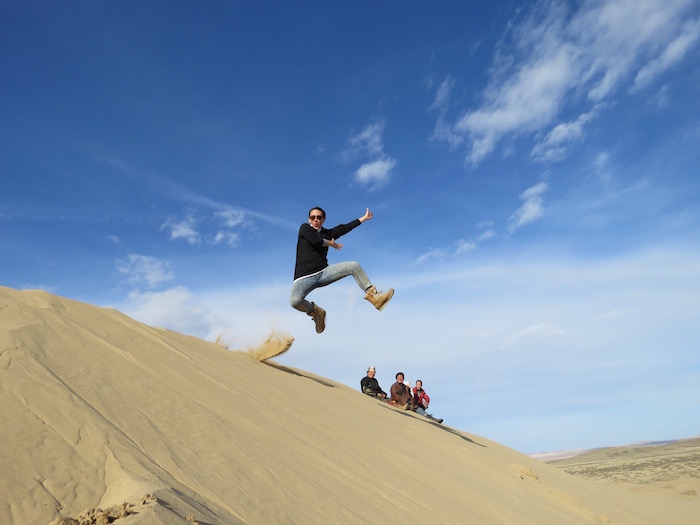
To find our nomadic hosts, we had a thrilling journey off-roading through the Mongolian heartland. Our driver, Bat, was clearly enjoying himself, and the landscape was every bit as remote as we were hoping. Without any GPS and no roads or tracks, we could have been forgiven if we’d wondered how on earth we were going to find a tiny ger camp in the middle of this endless steppe. Nevertheless, as the sun was dipping behind the mountains, we could finally see two pin pricks of white in the distance – our home for the week.
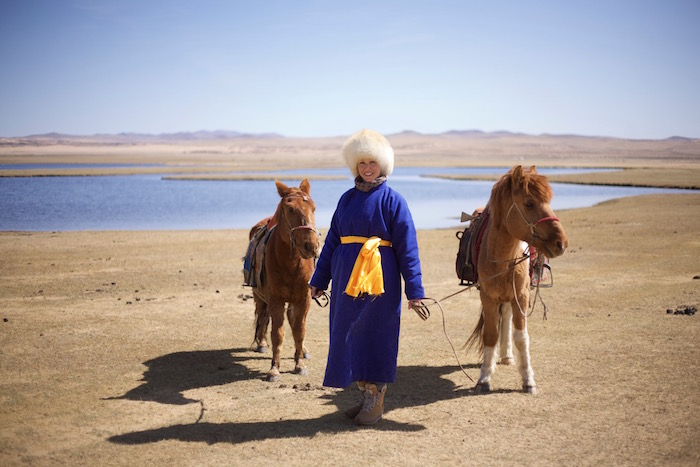
One thing you need to be aware of if you undertake a journey such as this, is that Mongolian nomads have a very limited diet. By that I mean they eat only two things – mutton and dough. For every meal. That’s three times a day. Mutton for breakfast, lunch and dinner. So, we were greeted with a mutton feast fit for a Queen (as long as she likes mutton!). Every conceivable product that can be made from a sheep (or whatever livestock the nomads own) is used. In our case, this took the form of some kind of fermented ewe’s milk curd snacks, ewe or mare’s milk tea (rather salty and counter-intuitive to ingest) and all manner of mutton incarnations from dumplings to stews. The dough, simply made from flour, water and salt, was used to make everything from “bread” to a kind of noodle. To cut a long story short, the food was not a highlight.
The hospitality, however, certainly was. Our hosts were wonderful and, through Chuka as our interpreter, we truly got an insight into their challenging, but happy lives over the course of our stay. We brought them a couple of postcards of the Hong Kong skyline, but they couldn’t even conceptualise where we lived. We might as well have told them we lived on the moon.
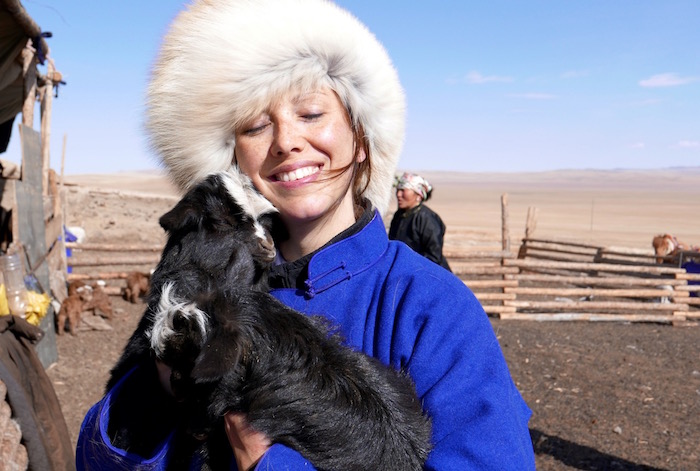
For the two of us, life as a Mongolian nomad was certainly a change from our normal lives. There was no running water, no toilet facilities of any kind (“just pick a bush”) and the overnight temperatures hovered around minus 20 degrees celsius. Our days were spent combing goats (for the cashmere yarn), cuddling baby animals (my favourite), collecting firewood or dung for the fire, reading, photographing and taking in this breathtaking environment.
One day we rode camels from our camp, across a stretch of the Gobi desert, and up to an ancient monastery in the mountains. Mongolians are deeply connected to their surroundings, and it was such a moving experience to be amongst the ancient stones and buildings with nothing but the sound of the fluttering prayer flags around you. Being Spring, all the animals had babies, and our camels were no exception. Running alongside us at all times were three month-old baby camels who would rush to suckle their mothers if we even stopped for a moment. A couple of times we dismounted to run down the sand dunes of the desert and laughed like children.
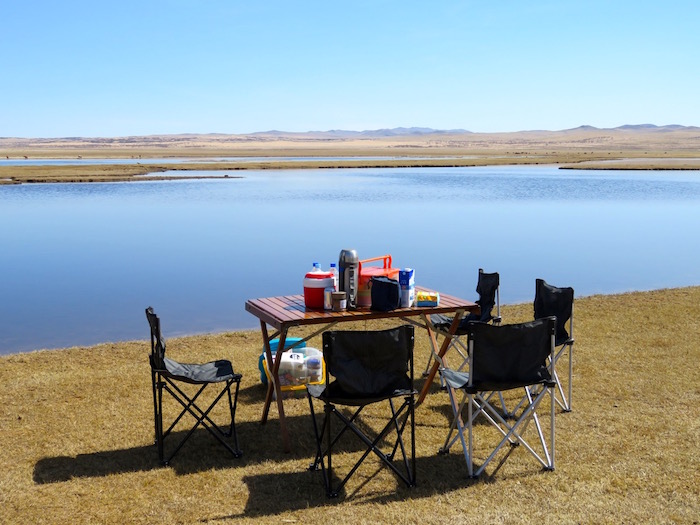
Mongolian horses are small, sturdy and used to the terrain. Despite being weakened from a particularly fierce winter, we were able to ride out to stunning locations such as a hidden lake on a plateau between two mountain ranges. I will never forget eating lunch by the side of that lake and watching the wild swans swimming just metres away from us. Despite our garish outfits, we found we were able to move virtually undetected through the landscape and get up close to the wildlife.
The evenings were spent eating more mutton, and playing games with our hosts, learning about their lives and the history of Mongolia. Most nights we’d fall into bed completely exhausted. Our kind host would come and dump a huge pile of dung on our stove around midnight, and again at 5am so we were never really cold… unless you needed a toilet trip in the middle of the night which was quite an experience.
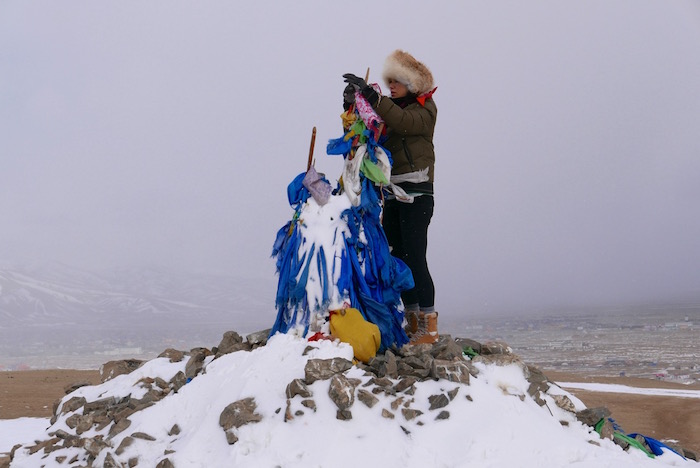
A side trip to the ancient capital of Karakorum provided us with a chance to glimpse the Mongolia of old. Since we were so out of season, we managed not to see a single other tourist the whole 48 hours we were there, which was remarkable and so special. We bought simple prayer flags and hiked to the top of one of the snow capped mountains where a huge pile of stones rose up around prayer shawls which flapped wildly in the wind. Chuka explained that everyone who comes there to ask the spirits for strength and guidance walks thrice around the pile before adding a stone. We sat in silence atop the mountain and wrote the names of everyone we loved and missed on our flags. For Alexandra and I, it was an incredibly moving experience to walk three time around that pile before adding our own small stones and tying our prayer flags tightly around the top. If we were looking for perspective, a chance for reflection and space to breathe, we couldn’t have hoped for more.

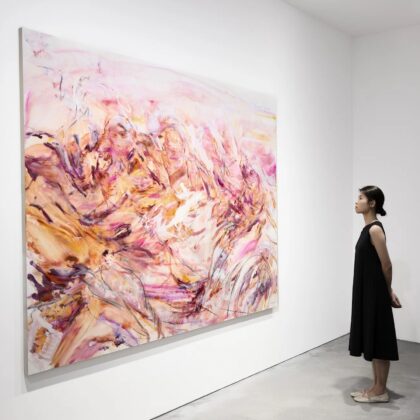
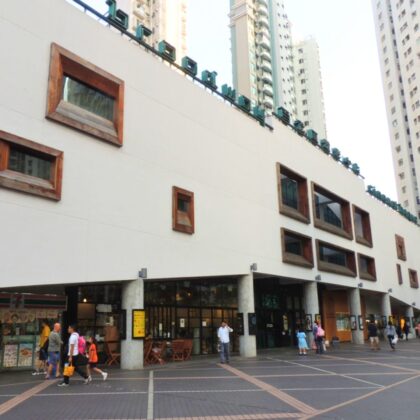
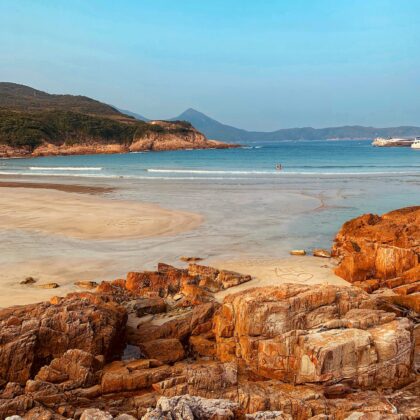
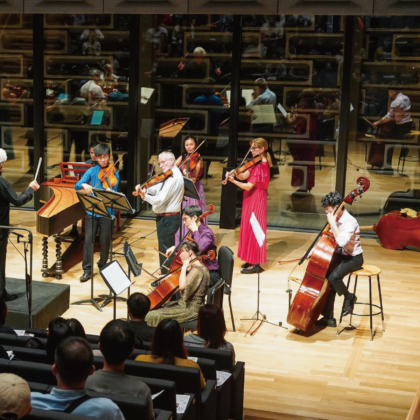
 Eat & Drink
Eat & Drink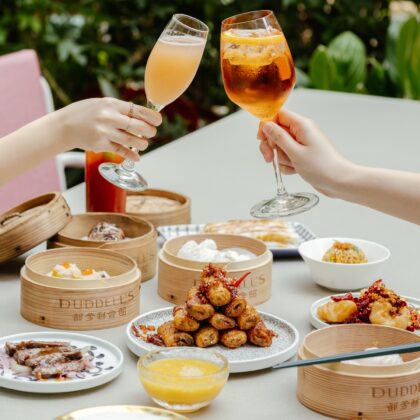
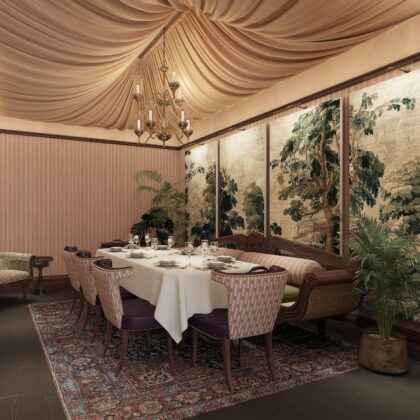
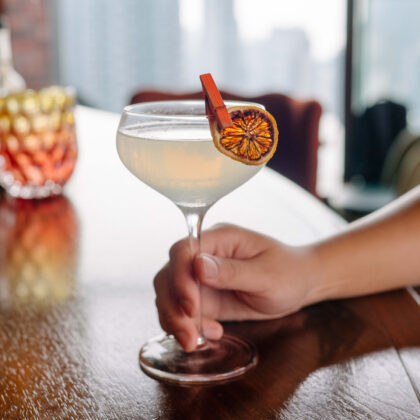
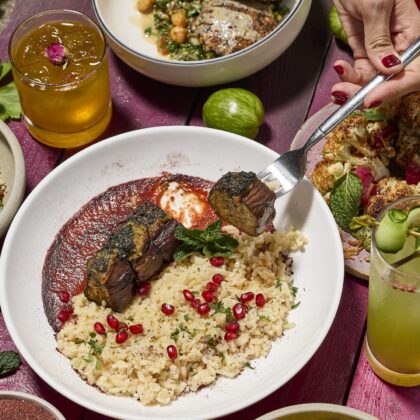
 Travel
Travel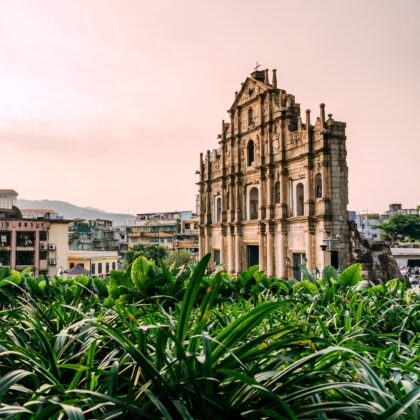
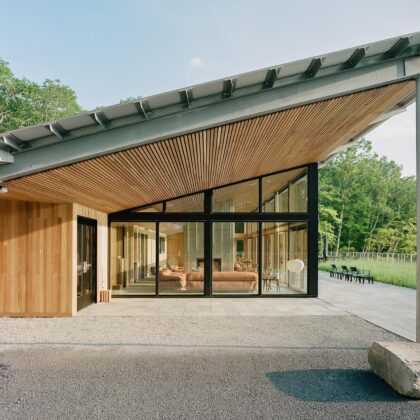
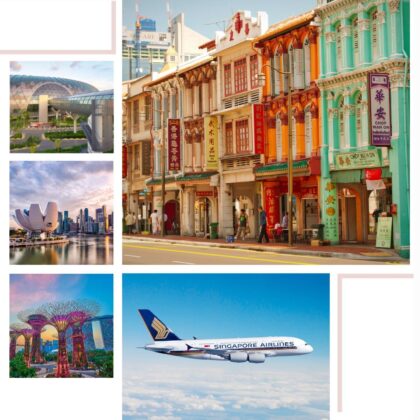
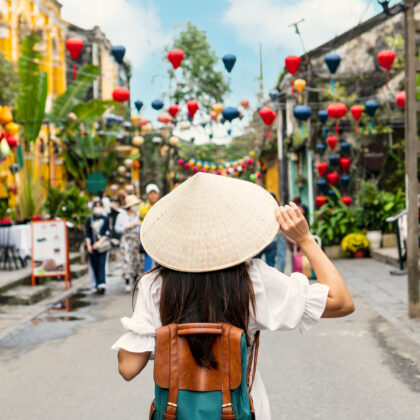
 Style
Style
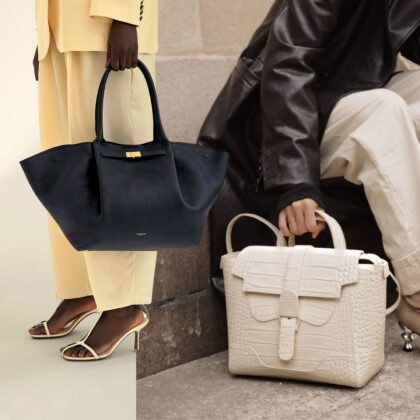
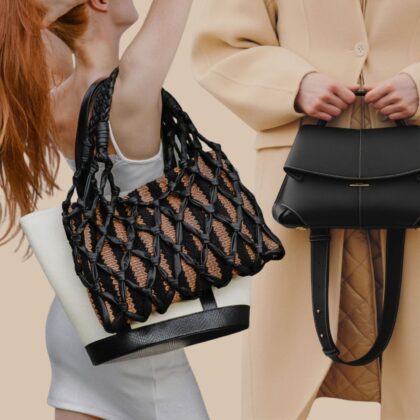
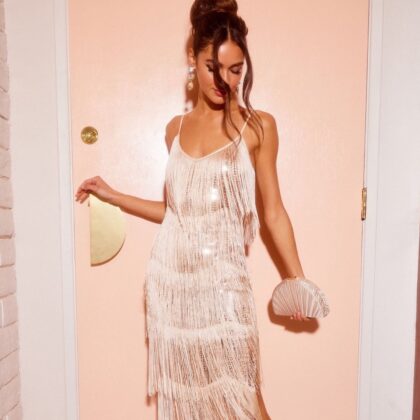
 Beauty
Beauty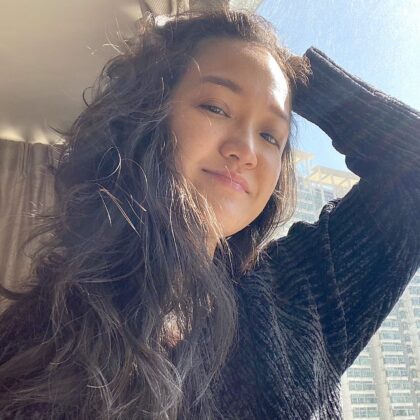

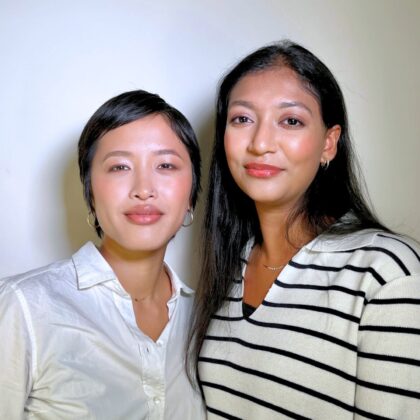

 Health & Wellness
Health & Wellness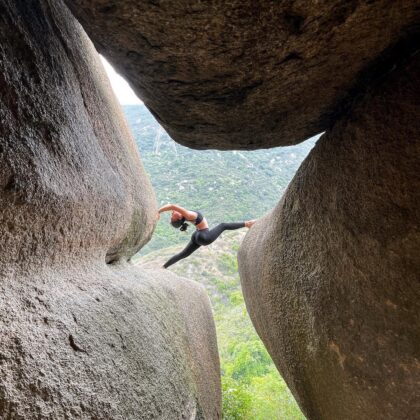
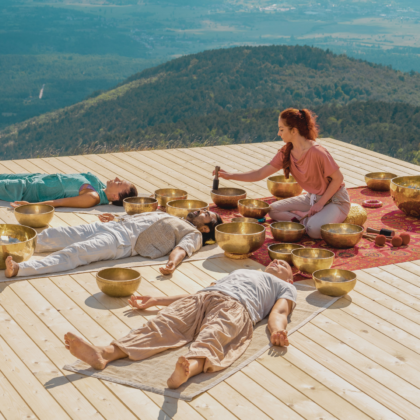


 Home & Decor
Home & Decor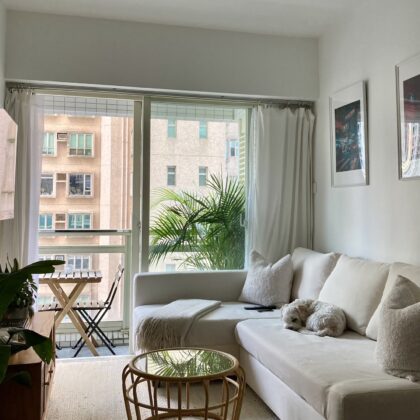
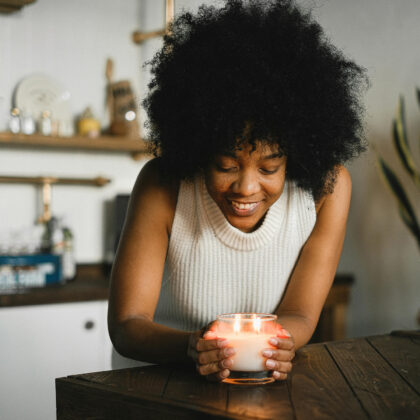
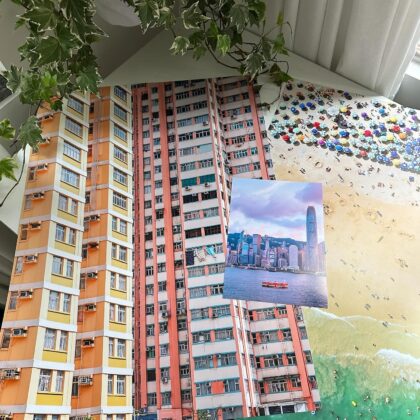
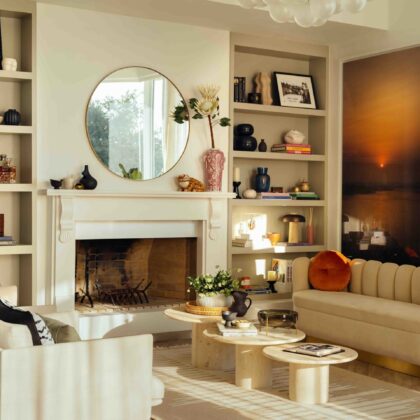
 Lifestyle
Lifestyle
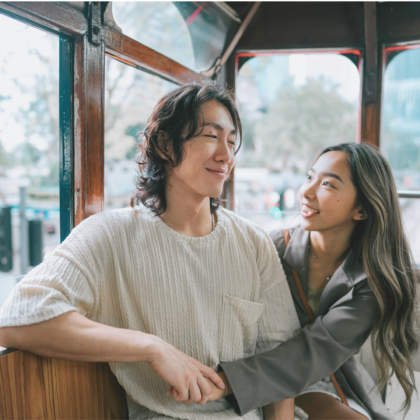
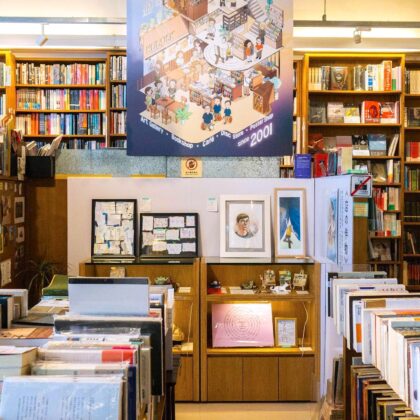
 Weddings
Weddings